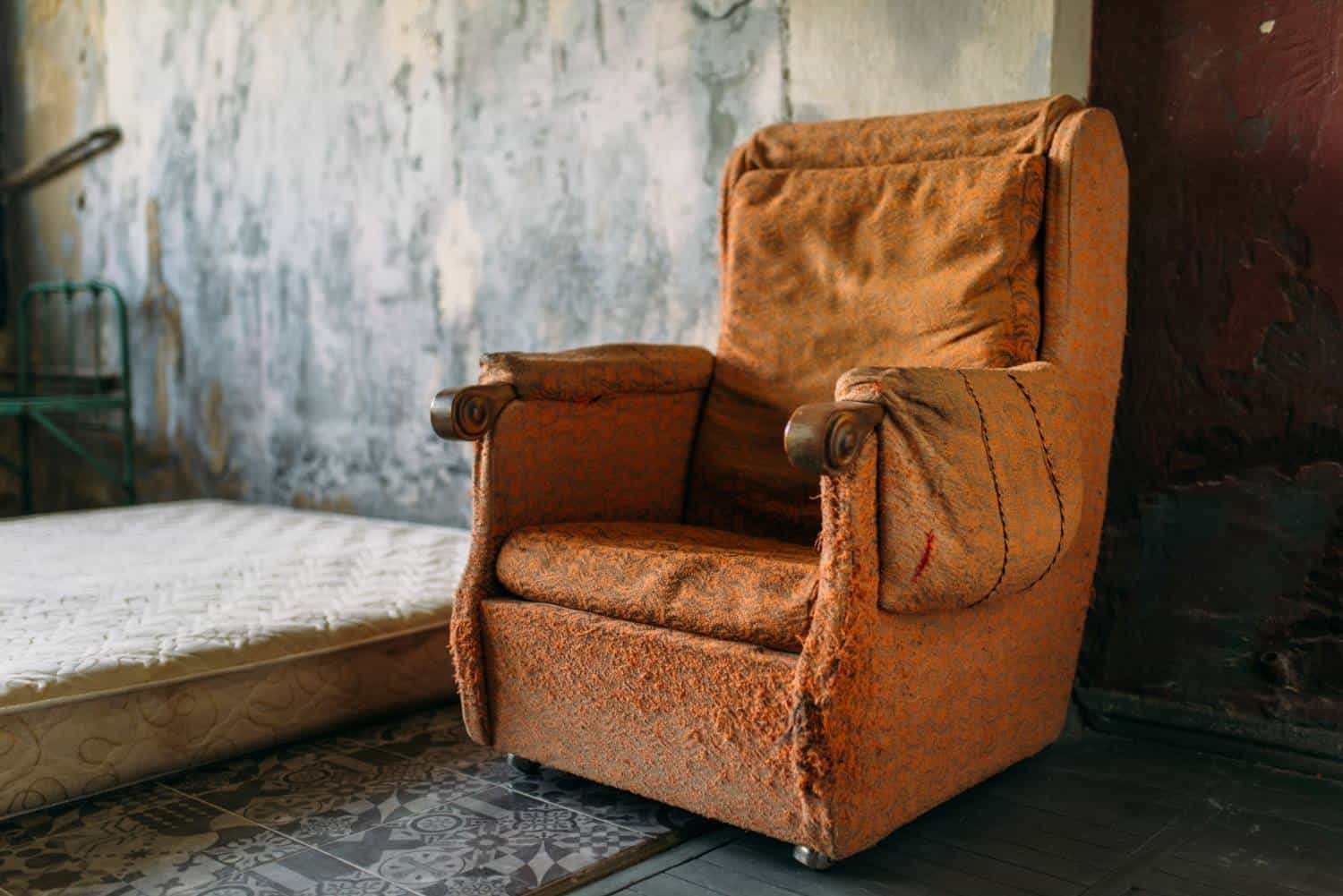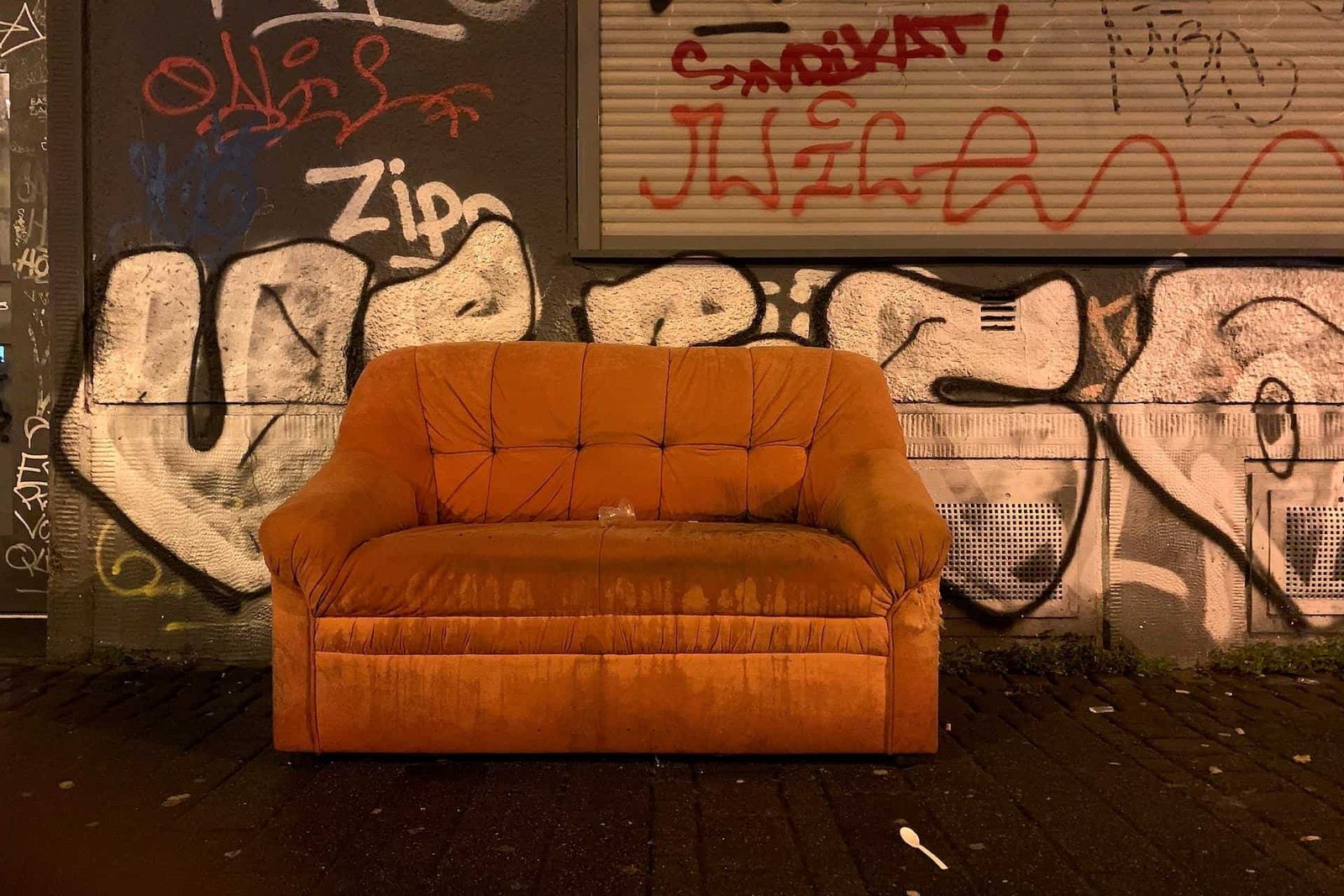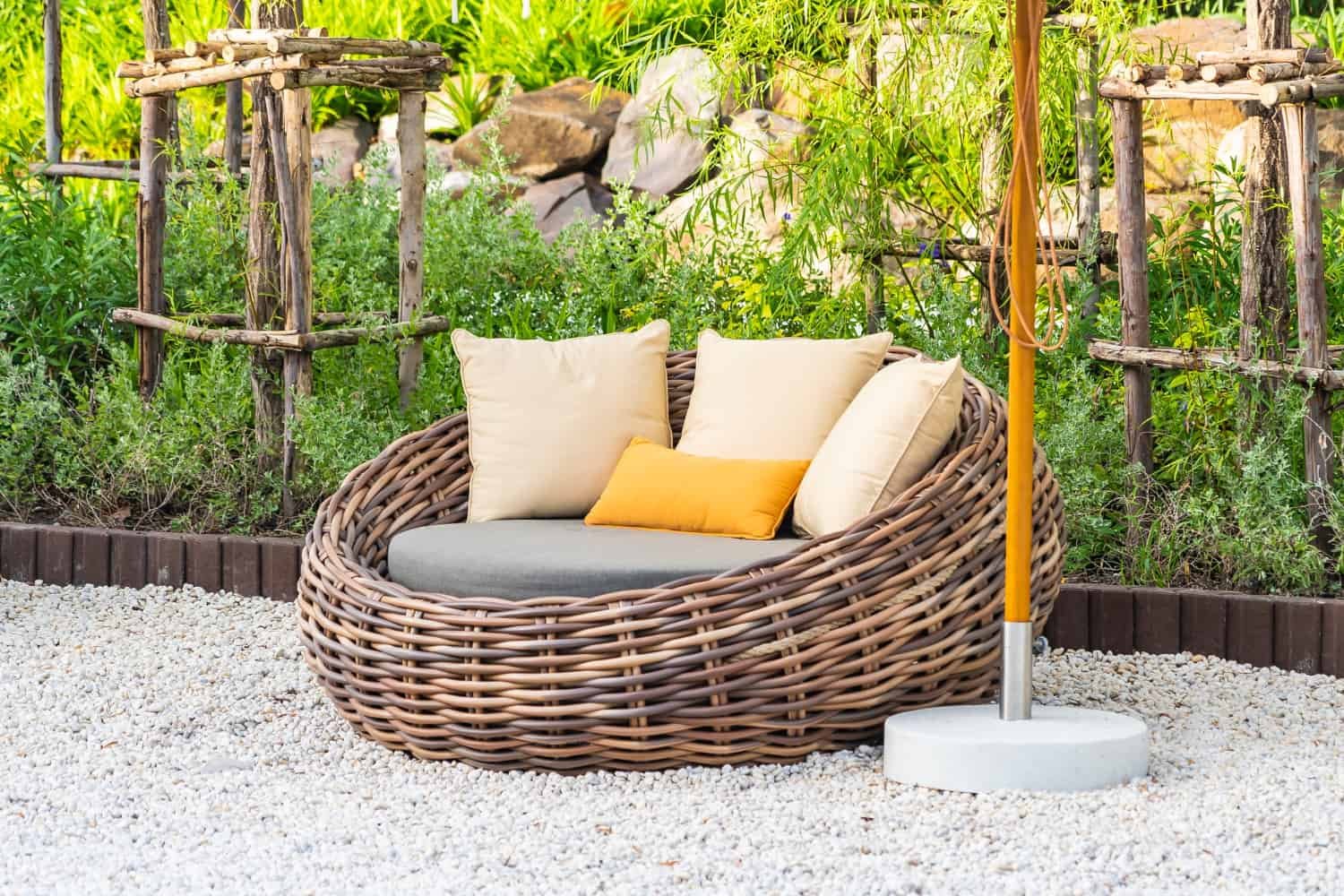
Disclaimer: As an Amazon Associate, “Furniture UK” earns from qualifying purchases.
A Guide to Furniture Lifespan
Are you constantly replacing your furniture every few years? Do you want to invest in pieces that will last for decades? Understanding the average lifespan of furniture is crucial when making informed decisions about purchasing and caring for your home furnishings.
From sofas to dining tables, furniture’s lifespan can vary depending on several factors, including material quality and level of use. In this article, we’ll provide you with the expert-recommended lifespan of various furniture types and tips for increasing their longevity. Don’t waste your hard-earned money on furniture that won’t stand the test of time – read on to learn more!
Factors that Affect Furniture Lifespan
The expected lifespan of furniture can vary widely depending on several factors. Here are some of the most critical factors that can affect the lifespan of your furniture:
- Quality of Materials: The quality of the materials used to make furniture can significantly impact its lifespan. Furniture made with high-quality materials, such as solid wood or high-grade steel, will likely last longer than furniture made with lower-quality materials.
- Construction: The way furniture is constructed can also affect its lifespan. Proper, well-constructed furniture with solid joints and sturdy hardware will likely last longer than poorly built furniture.
- Usage: How furniture is used can also affect its lifespan. Furniture used frequently, such as a sofa in a busy living room, is likely to wear out more quickly than furniture used less often.
- Maintenance: Regular maintenance can help extend the lifespan of the furniture. This might include things like cleaning, polishing, and waxing. Neglecting to maintain furniture can cause it to wear out more quickly.
- Environment: The environment in which furniture is used can also affect its lifespan. Exposure to sunlight, humidity, and extreme temperatures can all cause furniture to deteriorate more quickly.

Average Lifespan of Common Furniture Items
When it comes to furniture, it’s essential to know how long you can expect it to last. Here are some of the most common furniture items found in a household and their average lifespan:
| Furniture Item | Average Lifespan |
| Sofa | 7-15 years |
| Bed | 7-10 years |
| Dining Set | 15-20 years |
| Recliner | 8-10 years |
| Office Chair | 3-5 years |
| Coffee Table | 10 years |
It’s important to note that furniture’s lifespan can vary greatly depending on the piece’s quality and how well it’s taken care of. Regular maintenance and care can help extend the life of your furniture. This includes regularly cleaning and conditioning leather, tightening screws and bolts and avoiding exposure to direct sunlight or extreme temperatures.
How to Extend the Lifespan of Your Furniture
While furniture has a lifespan, there are steps you can take to extend it. Here are a few tips:
- Clean your furniture regularly. Dust and dirt can scratch and damage the surface of your furniture. Use a soft cloth to wipe down your furniture at least once a week.
- Protect your furniture from direct sunlight. UV rays can cause fading and damage to your furniture. Use curtains, blinds, or shades to block out sunlight during the day.
- Avoid placing furniture near heat sources. Heat can cause wood to dry out and crack. Keep furniture away from radiators, fireplaces, and heating vents.
- Rotate cushions and mattresses. Flipping and rotating pillows and mattresses can help distribute wear and tear evenly, extending lifespan.
- Stain-proof your furniture. Applying a stain-resistant treatment to your furniture can help protect it from spills and stains.
- Use furniture protectors. Placing coasters under glasses and using placemats and tablecloths can help protect your furniture from scratches and stains.
When to Replace Your Furniture
Knowing when to replace your furniture is important to avoid discomfort, safety hazards, and unnecessary expenses. Here are some guidelines to help you determine when it’s time to replace your furniture:
- Sofas and Chairs: Sofas and chairs can last from seven to twenty years, but most typically last around fifteen years. Signs that it’s time to replace your sofa or chair include sagging cushions, worn-out fabric, and noisy frames. If you feel uncomfortable or experience back pain when sitting on your sofa or chair, it’s probably time to replace it.
- Beds and Mattresses: A mattress can last five to 10 years, while a bed frame can last for decades. Signs that it’s time to replace your mattress include sagging, lumps, and uncomfortable sleep. If you wake up tired or with back pain, it’s time to replace your mattress.
- Dining Room Tables and Chairs: A dining room table can last many years if the finish is well-maintained. Dining room chairs can last for decades, but the fabric or padding may need to be replaced over time. Signs that it’s time to replace your dining room table or chairs include cracks, scratches, and wobbling.
- Recliners: Recliners will often last as long as sofas, about seven to fifteen years. Signs that it’s time to replace your recliner include sagging cushions, worn-out fabric, and broken mechanisms.
Remember, these are just guidelines, and the lifespan of your furniture will depend on factors such as usage, maintenance, and quality. If you’re unsure whether to replace your furniture, consult a professional for their opinion.








